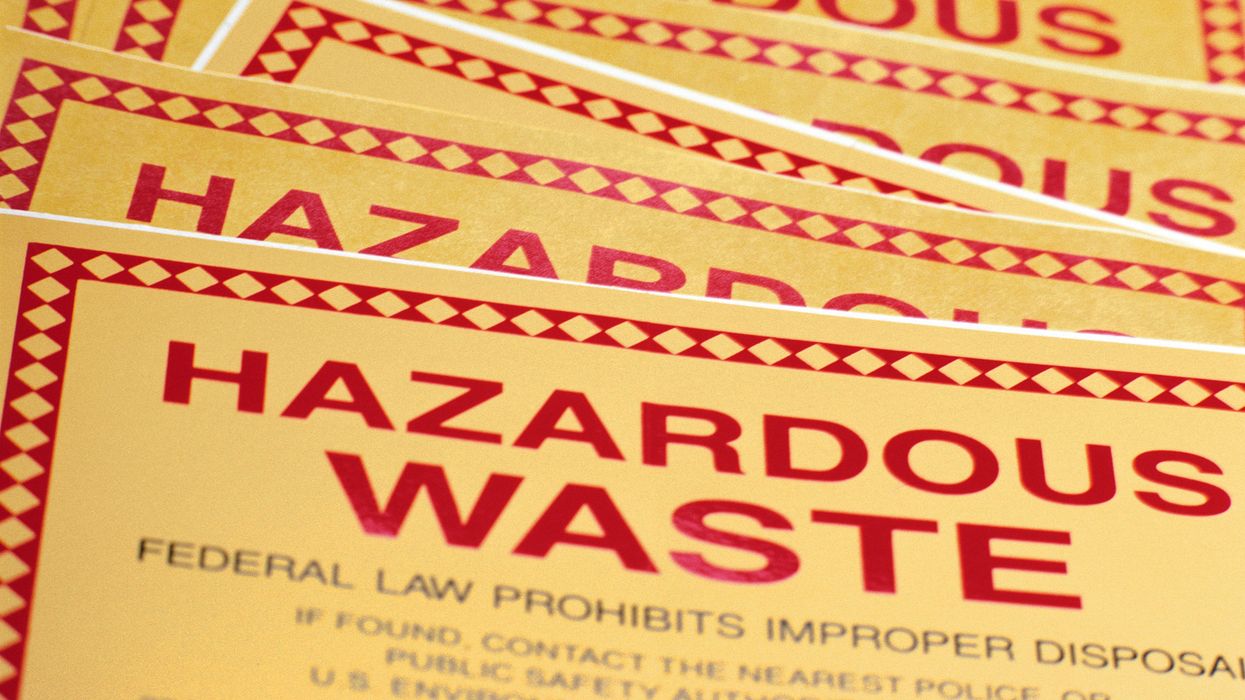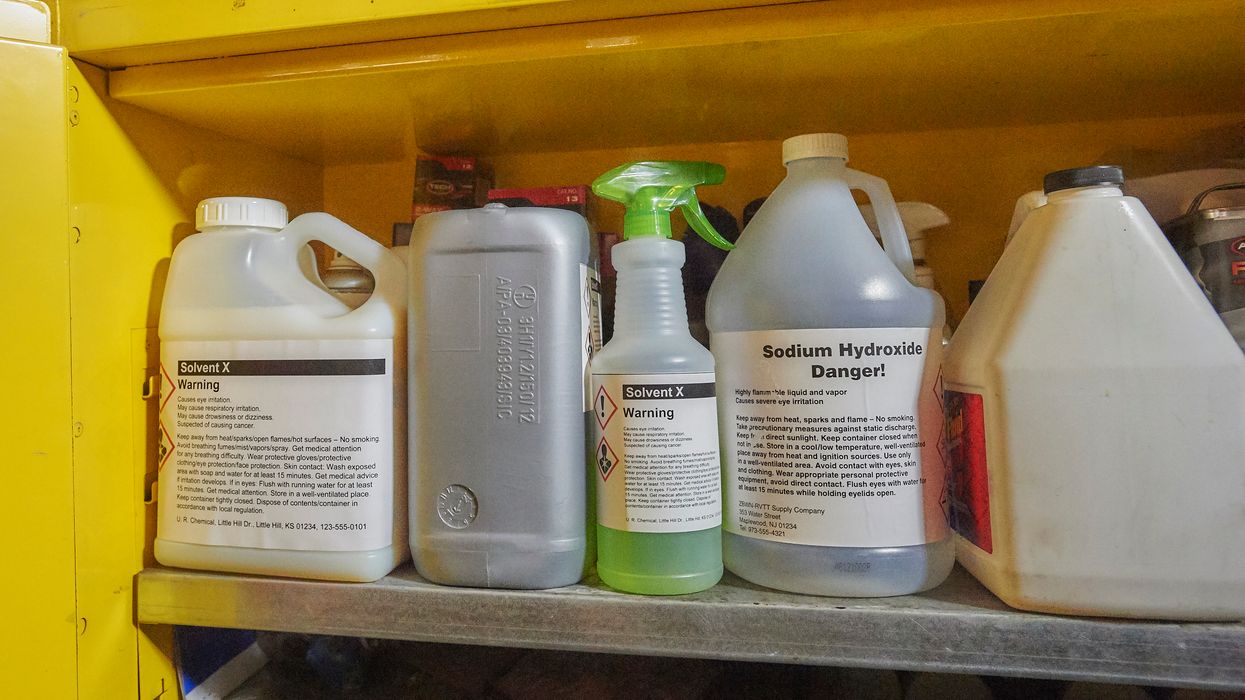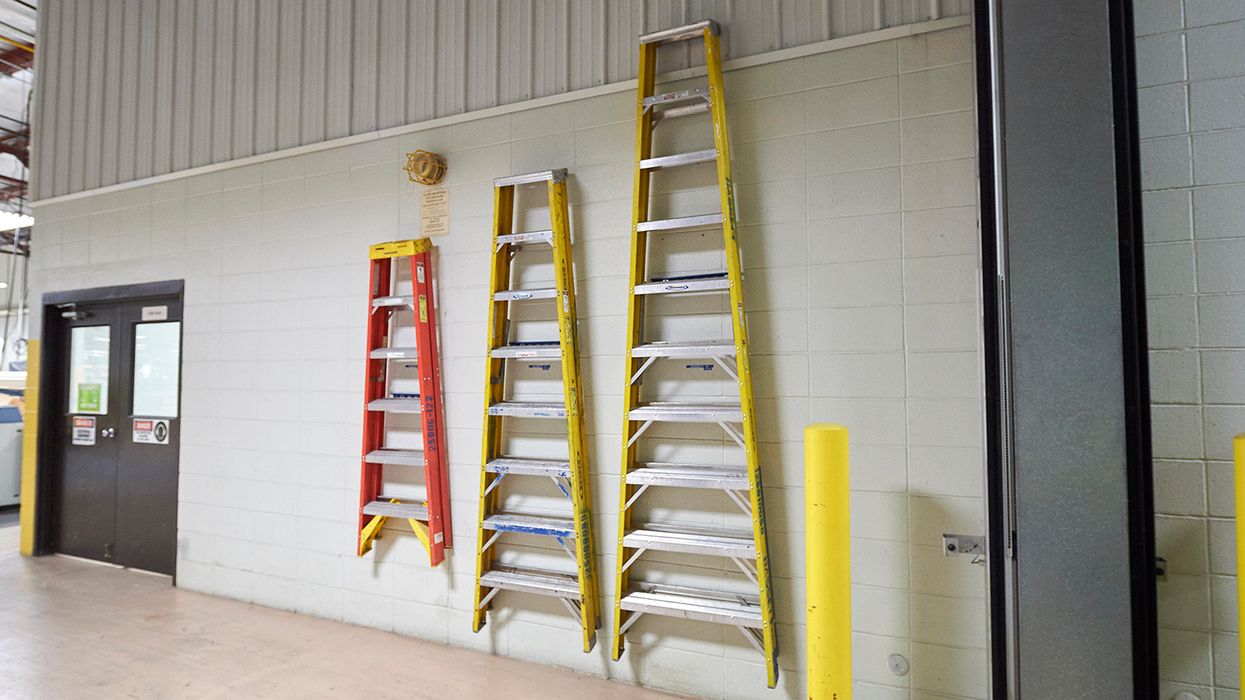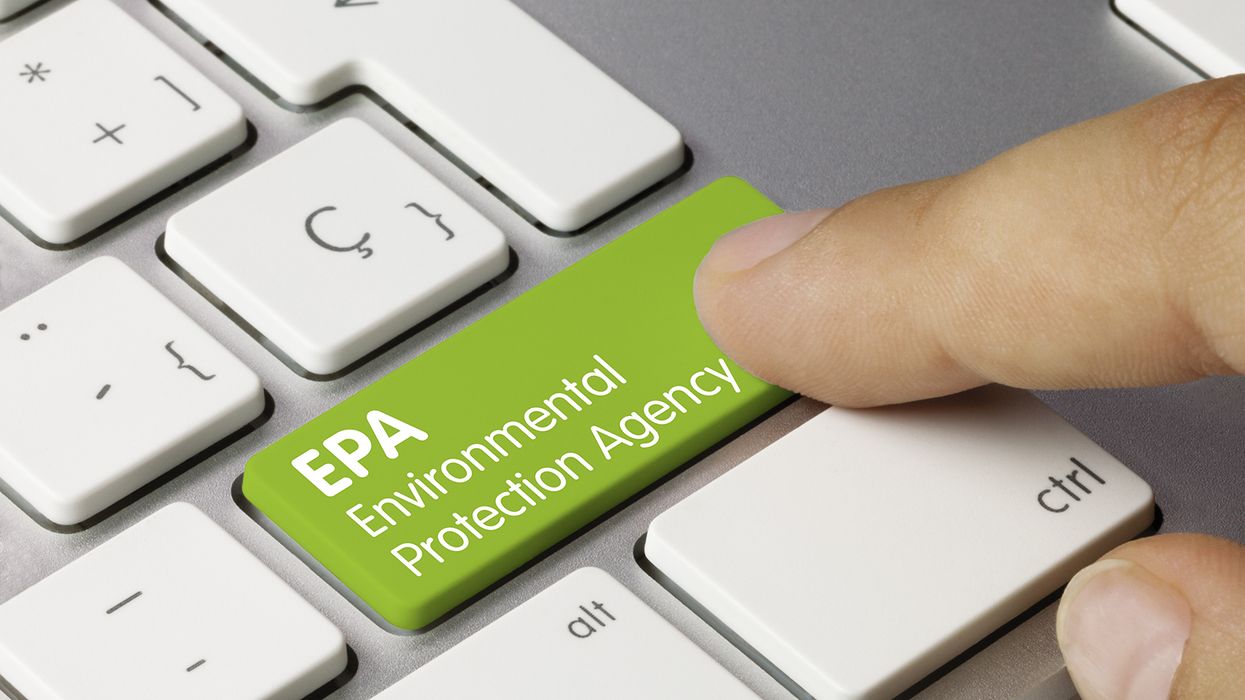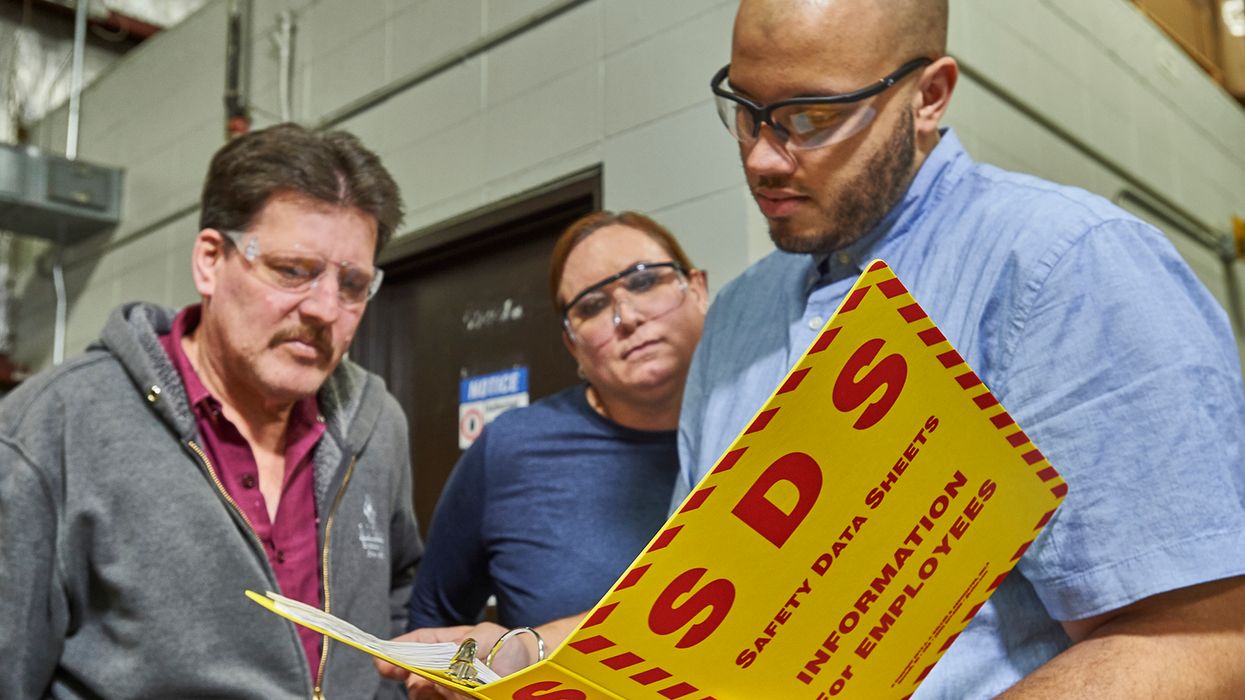Risks of using the FMLA certification for non-FMLA leave
The federal Family and Medical Leave Act (FMLA) allows employers to ask most employees to certify that the reason for their leave qualifies for time off work. Employers often use the U.S. Department of Labor’s model certification forms for this.
The forms ask for quite a bit of information. For medical conditions, they ask that a health care provider disclose the type of condition and how much leave the employee needs, whether for one extended period of time or smaller chunks of time.
These forms could be useful for leave that doesn’t fall under the FMLA. Using them could, however, also pose compliance risks to employers.
Non-FMLA leave
Not all employers are covered by the FMLA, and even if they are, not all of their employees might be eligible to take FMLA leave. Therefore, employers might offer employees who aren’t eligible to take FMLA leave, unpaid time off that is similar to the FMLA.
Using the FMLA’s certification for non-FMLA leave seems like it would be handy. Because the form often refers to the FMLA, however, this could give the employee the idea that the absence would fall under the FMLA. This could give an employee the impression of being fully protected under the law when they take time off.
The FMLA certification also refers to the law’s definition of a serious health condition. Employees could take non-FMLA leave for reasons that don’t meet that definition or for reasons that don’t otherwise qualify for FMLA leave.
Misrepresentation
If an employer represents — or implies — that an employee is entitled to FMLA leave, and the employee acts on that representation only to suffer some consequences because they did, the employer might have to keep its promise to provide FMLA leave. It might have to give the employee true FMLA leave, complete with all the job protections.
Employees can sue employers that fall into this rabbit hole, and employers can’t avoid FMLA liability if they tell employees that they (employees) were taking FMLA leave. Employees could use the FMLA’s certification as evidence that the employer represented to them that they were entitled to FMLA leave.
Looking at the FMLA certification forms, it would be easy to see why an employee might think they had FMLA rights and protections.
Other forms
To help avoid this, when employees need non-FMLA leave (e.g., sick time), employers should use other forms that prominently state that the employee isn’t entitled to FMLA leave. The federal Americans with Disabilities Act (ADA) has restrictions on asking medical questions or requiring medical exams. Therefore, the information requested on the form should be consistent with the particular need for time off, and not ask for too much information.
If, for example, an employee needs time off for their own condition, which could be a disability, employers could ask for reasonable documentation (like a doctor’s note), but likely wouldn’t need the same information as in the FMLA certification.
Employers could provide a description of the employee's job duties, for example, including any physical qualification standards, and ask that the employee provide documentation of their limitations related to the job duties and potential accommodations.
To ask for such documentation, the disability or the need for the accommodation must be unknown or not obvious.
If the condition isn’t a disability, employers may still ask employees for documentation supporting their leave. The information requested should reflect the company policy, which should not ask for more than what is really needed.
Key to remember: Employers fare better in risk avoidance if they don’t use the FMLA’s certification forms for non-FMLA leave.




















